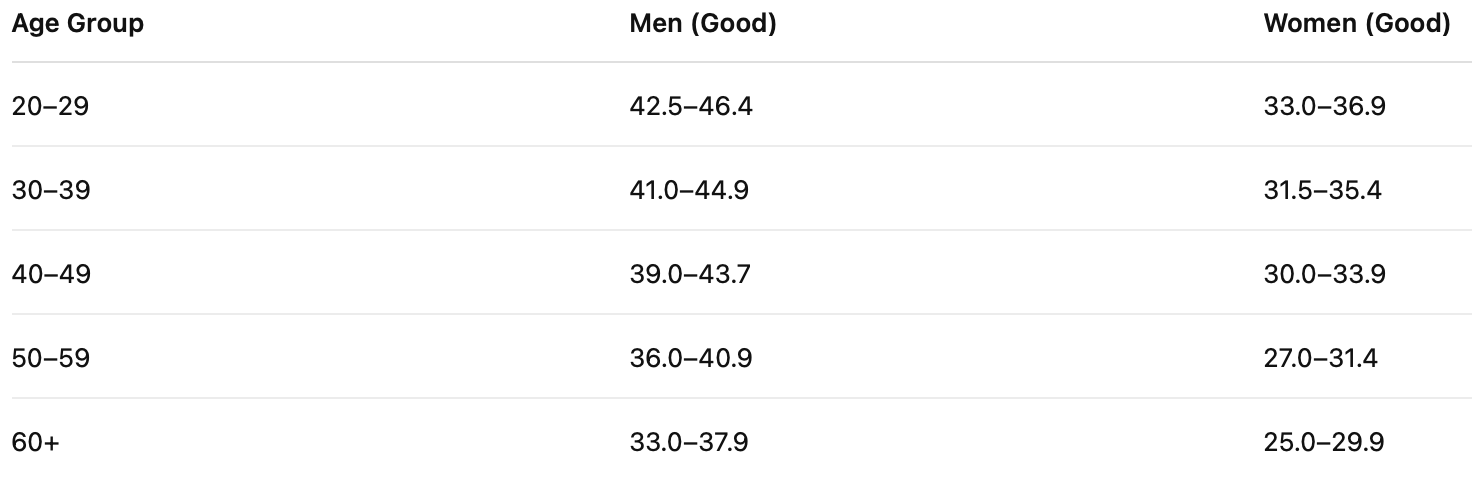
Among the dozens of health metrics tracked by digital platforms today, one stands out for its clinical relevance, simplicity, and predictive power: VO₂max. Often buried beneath more popular stats like steps or calories, VO₂max offers a direct window into an individual's cardiovascular fitness and long-term health prospects. Yet despite its importance, it's often misunderstood or underused, especially in preventive health programs.
This oversight has real consequences. VO₂max is one of the strongest predictors of all-cause mortality, and improving it has been shown to significantly reduce the risk of chronic conditions like heart disease and diabetes. For any organization focused on prevention, especially insurers and digital health platforms, failing to monitor or support VO₂max improvement means missing a major lever in population health management.
In this article, we’ll explore what VO₂max is, how it is calculated and interpreted across different populations, and why it matters far beyond the realm of elite athletes. We’ll also examine how wearables from Apple, Garmin, and Fitbit estimate VO₂max, practical ways users can improve it, and how platforms like Thryve make this data scalable and actionable across preventive care ecosystems.
VO₂max, or maximal oxygen uptake, is the gold standard for measuring aerobic capacity—the body's ability to deliver and utilize oxygen during strenuous activity. It reflects how efficiently the heart, lungs, and muscles work together and directly correlates with cardiovascular health, metabolic performance, and resilience to physical stress.
Far from being limited to athletic populations, VO₂max plays a critical role in general health assessments. It's recognized as one of the most powerful independent predictors of longevity and chronic disease risk. Lower VO₂max levels are strongly associated with a higher incidence of cardiovascular disease, diabetes, stroke, and even neurodegenerative conditions.
For health insurers, digital health platforms, and preventive care providers, VO₂max represents a unique opportunity. It is both highly predictive and modifiable, making it a valuable, actionable metric to identify risk early and guide lifestyle or therapeutic interventions. Elevating its role in health scoring systems can help transition from reactive treatment to proactive prevention.
VO₂max is not just a fitness metric; it’s a preventive health powerhouse with wide-reaching implications. Individuals with low VO₂max levels face a significantly elevated risk of early death and chronic illness. According to a recent meta-analysis published in BMC Medicine, a one MET (Metabolic Equivalent of Task) increase in cardiorespiratory fitness, which corresponds to a modest rise in VO₂max, is associated with a 13% reduction in all-cause mortality and a 15% lower risk of cardiovascular disease.
Crucially, VO₂max is modifiable. Unlike genetic predispositions or non-intervenable risk scores, VO₂max responds positively to structured interventions such as aerobic training, improved recovery, and overall lifestyle improvements. This makes it an ideal target for proactive health strategies and preventive programs. For insurers and digital health platforms, it offers a reliable, scalable, and actionable metric for early risk detection, personalized engagement, and long-term cost reduction.
VO₂max values naturally vary based on age, sex, and fitness level. Understanding these benchmarks is crucial for interpreting cardiovascular fitness and tracking improvement over time. The table below outlines reference ranges for VO₂max based on data from the American Heart Association and corroborated by longitudinal research. These benchmarks are commonly used to evaluate aerobic fitness in both clinical and consumer health contexts.
VO₂max by Age and Gender (ml/kg/min)

These values reflect good cardiorespiratory fitness relative to age and gender and are useful for setting training goals and evaluating long-term health. VO₂max declines with age due to factors such as reduced stroke volume, decreased muscle mass, and lower mitochondrial efficiency, making it a critical biomarker for healthy aging.
Users can estimate their VO₂max using controlled lab tests like treadmill or cycle ergometer assessments with respiratory gas analysis. However, consumer-grade wearables like Apple Watch, Garmin, and Fitbit have made this metric more accessible. These devices utilize proprietary algorithms based on heart rate, motion, and activity level to approximate VO₂max values.
Although not as precise as clinical testing, wearable-derived estimates enable individuals to track fitness trends and detect cardiovascular decline earlier. When these insights are integrated into a unified digital health platform, they can inform personalized training programs, preventive interventions, and risk stratification across populations.
By making VO₂max tracking more accessible and continuous, digital health ecosystems can unlock their full value as a preventive health metric, bridging the gap between individual wellness and scalable public health strategies. Get more information on how wearable data can lead to behavioral changes here!
Improving VO₂max doesn’t require elite-level training, but it does benefit from a structured, evidence-based approach. Below are key methods supported by clinical research and widely recommended in cardiopulmonary rehabilitation literature, including findings from the American Heart Association.
Together, these strategies form the foundation of safe and sustainable VO₂max improvement, helping individuals not only boost performance but reduce long-term health risks. Check our blog post about lifestyle changes to get more health insights!
VO₂max is more than a sports performance measure, it's one of the strongest predictors of long-term health and resilience. As preventive health becomes a strategic imperative, insurers, providers, and platforms need to take this metric seriously. By tracking, improving, and acting on VO₂max, we can build a more proactive and personalized future for health.
Thryve aggregates and harmonizes VO₂max data via our API that empower health platforms to utilize VO₂max insights alongside other digital biomarkers for a holistic, preventive approach to care. We offer:
Ready to integrate VO₂max into your platform? Book a demo with Thryve!